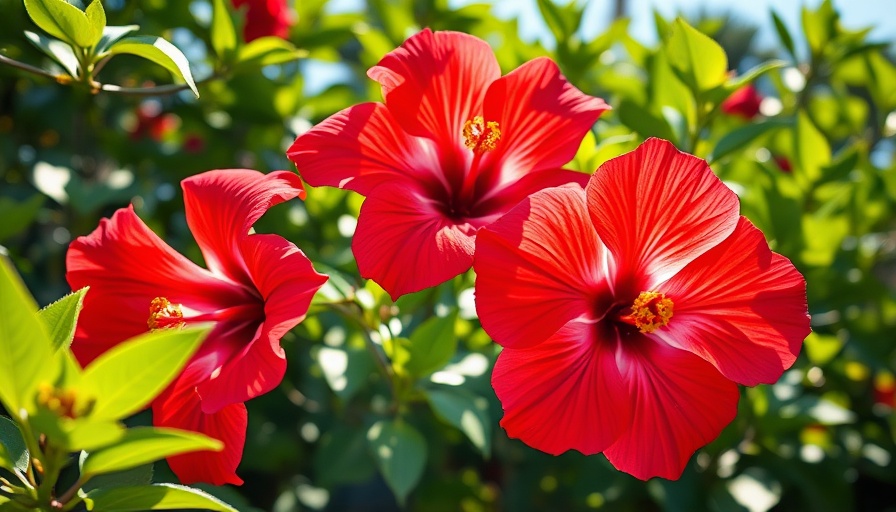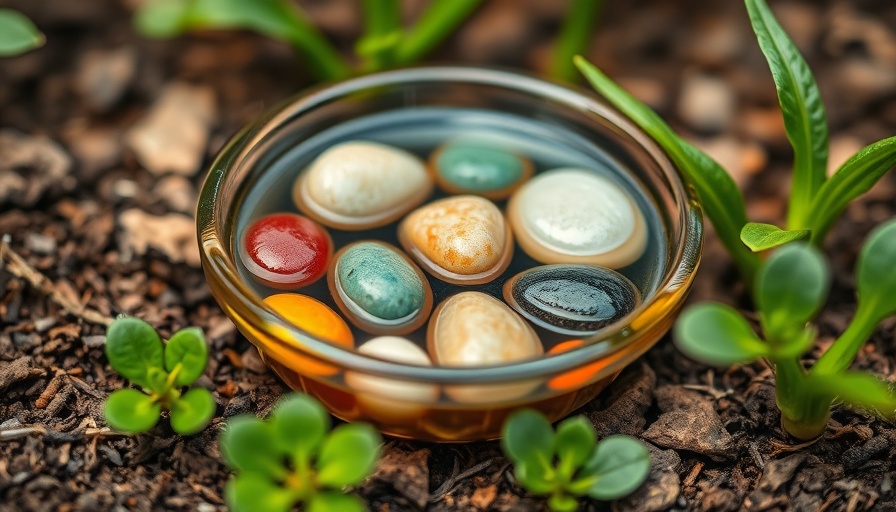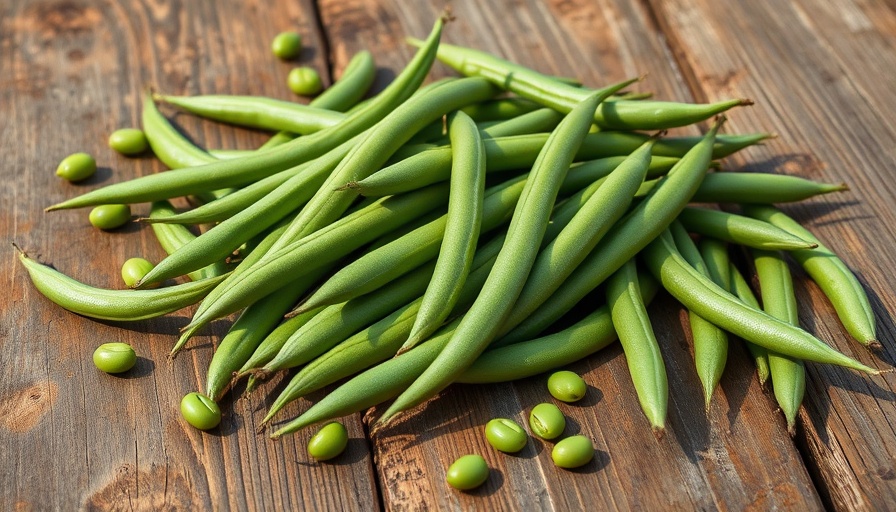
Why Roselle Hibiscus is a Must-Have for Your Garden
Roselle hibiscus (Hibiscus sabdariffa) is not just another plant in your garden; it’s a vibrant addition that serves both aesthetic and culinary purposes. Commonly known as Jamaican hibiscus, red zinger, and even Florida cranberry, this plant shines with its attractive features and versatility. Originating from Africa, roselle hibiscus has found a loving home across the globe, celebrated for its beautiful dark red stems and distinctive flowers that can measure up to 3 inches in diameter. The most rewarding aspect, however, is the cup-shaped red calyxes that form after flowering, which can be harvested to create a refreshing, tart tea—perfect for both hot and cold preparations.
The Unique Benefits of Cultivating Roselle Hibiscus
Growing roselle hibiscus provides numerous benefits that go beyond its visual appeal. The flavorful calyxes are not only rich in antioxidants but also loaded with vitamin C, making them a healthy addition to your diet. When brewed, the tea boasts a delightful tart flavor reminiscent of cranberries, which many enthusiasts enjoy not just for its taste but also its health benefits. Additionally, the leaves of the plant can be consumed in salads or cooked, further enhancing its utility. This dual-purpose nature makes it an ideal choice for homeowners looking to maximize their gardening efforts.
Getting Started: Planting Tips for Roselle Hibiscus
To ensure a successful harvest, starting your roselle hibiscus seeds indoors is crucial. Ideally, sow the seeds 6 to 8 weeks before the last frost date in your area. Use a high-quality potting mix and plant the seeds half an inch deep, maintaining a warm environment (between 75 to 80 degrees F) for optimal germination. It's recommended to use a seedling heat mat to encourage sprouting, after which you can turn it off. Once the seedlings develop true leaves, fertilization becomes key—opting for a liquid organic fertilizer diluted to half strength will foster robust growth.
Perfecting Timing: When to Transplant
The timing of when to transplant your seedlings outdoors cannot be overstated. Ensure soil temperatures have reached at least 50 degrees F and that all frost risks have passed before hardening off the seedlings. Temperature sensitivity is particularly important, and while regions in warmer climate zones can directly sow seeds in early spring, starting indoors is beneficial for everyone. Ensure your planting location offers adequate sunlight and well-drained, fertile soil, fortified with compost or organic fertilizer, for the best growth experience.
Caring for Your Roselle Hibiscus: Best Practices
To achieve the healthiest plants, it's important to provide consistent care. Regular watering is essential, especially during hotter periods of the summer, to prevent wilting. However, ensure that the soil is well-draining to avoid root rot. Space your plants adequately—18 to 24 inches apart—to allow for optimal growth. This also helps air circulation and lessens the likelihood of disease, a vital aspect to consider, especially in humid climates.
Harvesting: The Art of Collecting Calyxes
Once your plants have matured, the exciting phase of harvesting the calyxes begins! This is usually done just after the flowers have fallen off; the calyxes should be a deep cranberry color for the best flavor. Be mindful not to delay the harvest, as overly mature calyxes can become tough. After harvesting, you can dry them for tea preparation or store them in an airtight container in the refrigerator for later use.
Local vs. Global Perspectives: Growing Roselle Hibiscus
The growing interest in roselle hibiscus transcends geographical boundaries, illustrating how gardening can foster connections within local and global communities. Many gardeners are sharing their tips and recipes online, creating an engaging community centered around this beloved plant. Growing it not only supports personal health and wellness but also elevates local biodiversity, enhancing garden ecosystems. Homeowners are increasingly recognizing how texts and resources available online can deepen their understanding and enjoyment of this captivating plant, enriching their gardening experience.
In conclusion, incorporating roselle hibiscus into your garden is a wonderful choice for anyone looking to enhance their outdoor space with color and flavor. With the right care and attention, this low-maintenance plant can provide an abundance of beautiful blooms and delicious tea-making opportunities. Not only will you enjoy its aesthetic beauty, but your social and health-conscious sides will benefit, making it a truly rewarding gardening endeavor.
 Add Row
Add Row  Add
Add 


 Add Row
Add Row  Add
Add 

Write A Comment